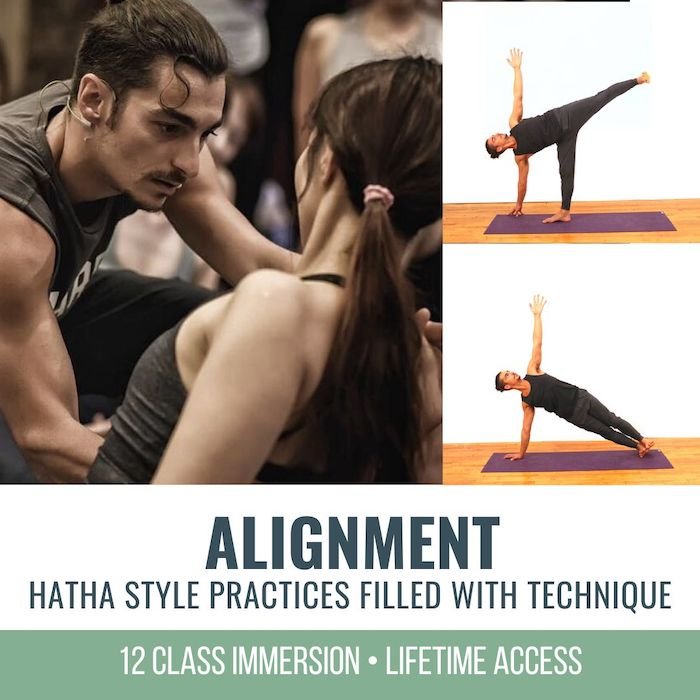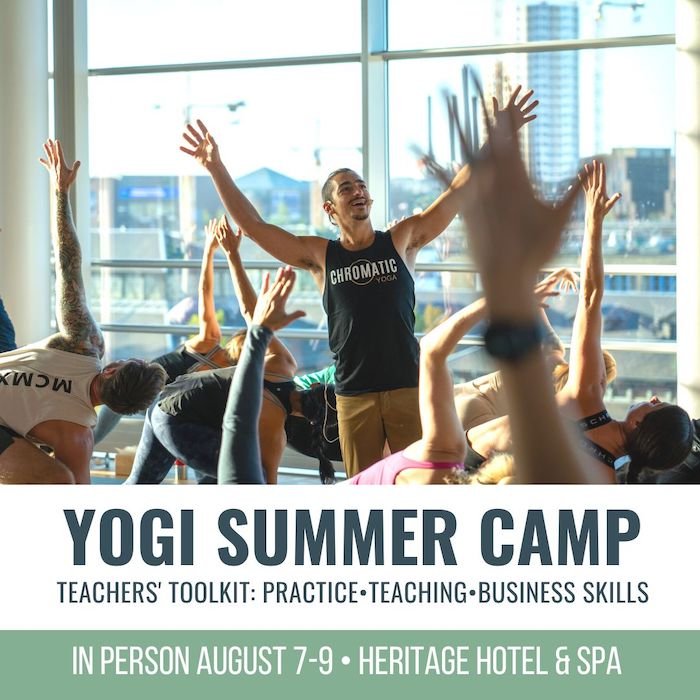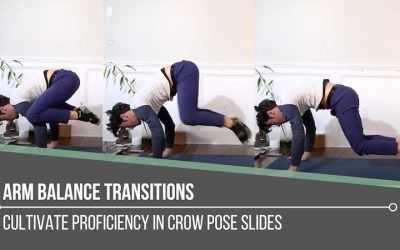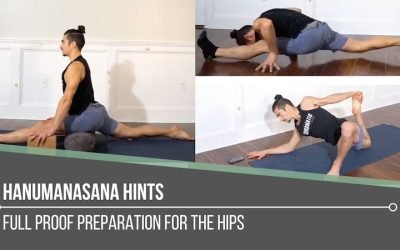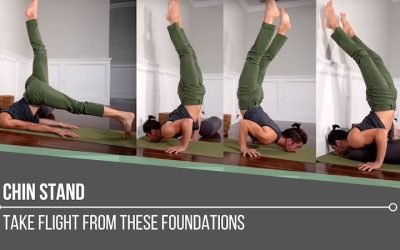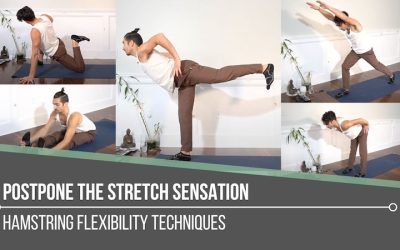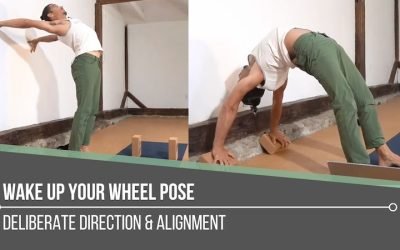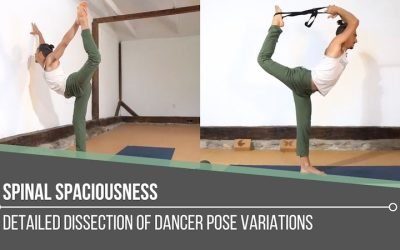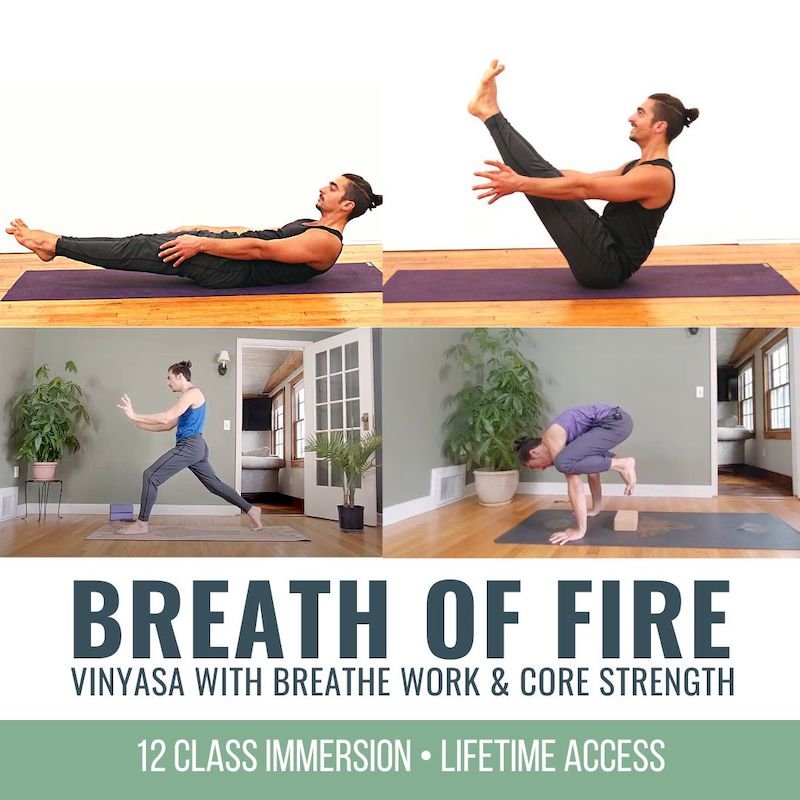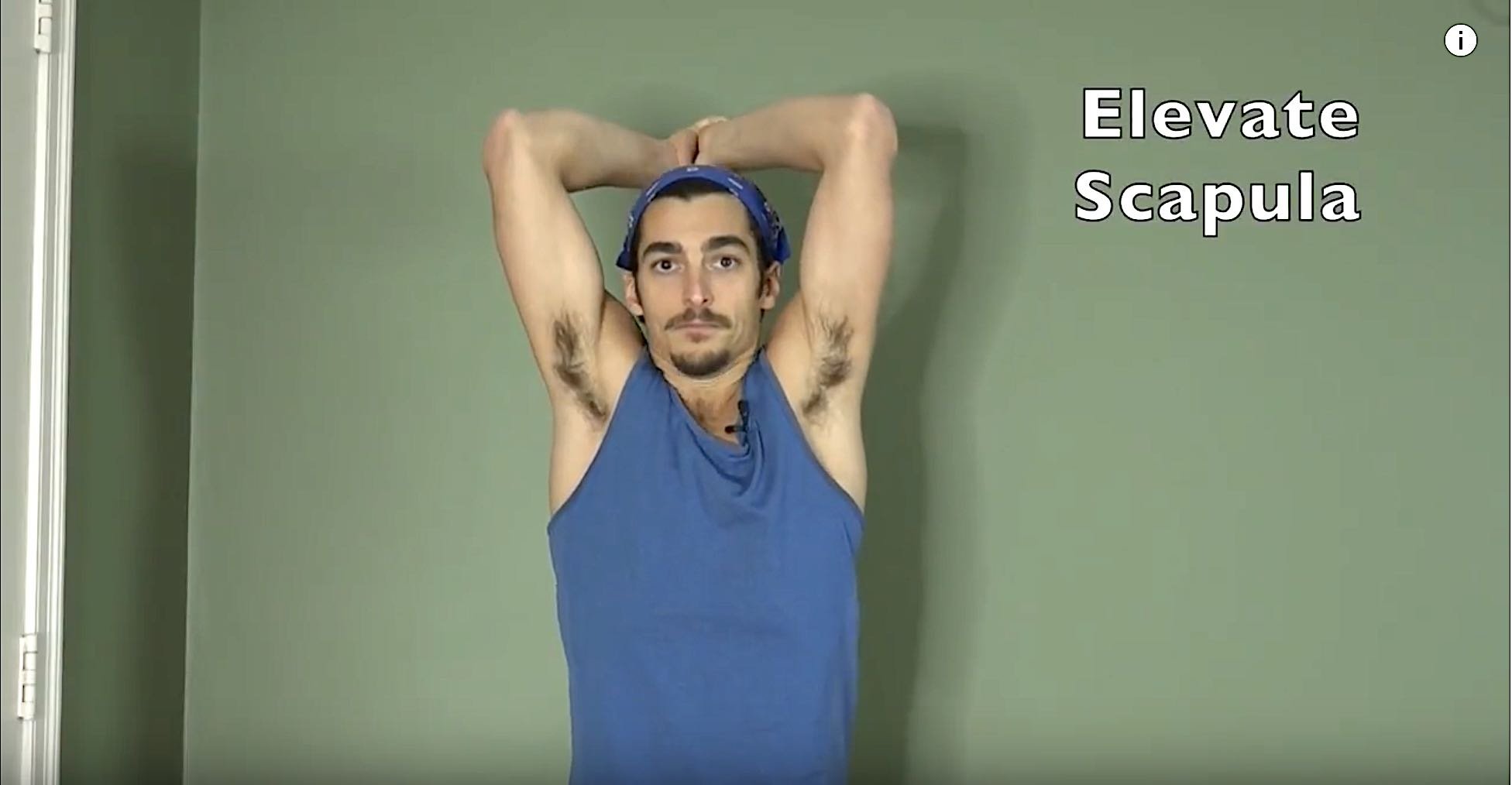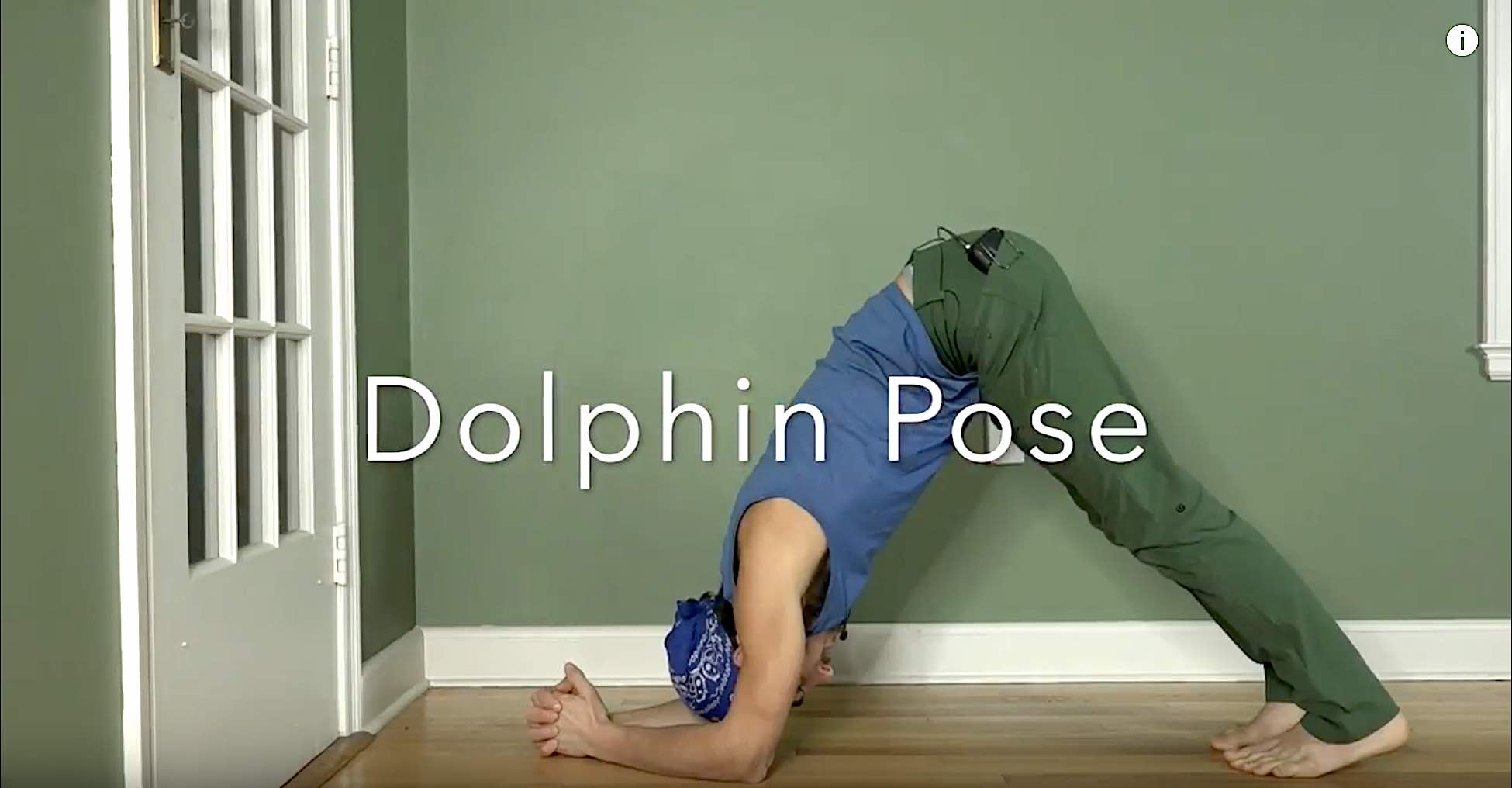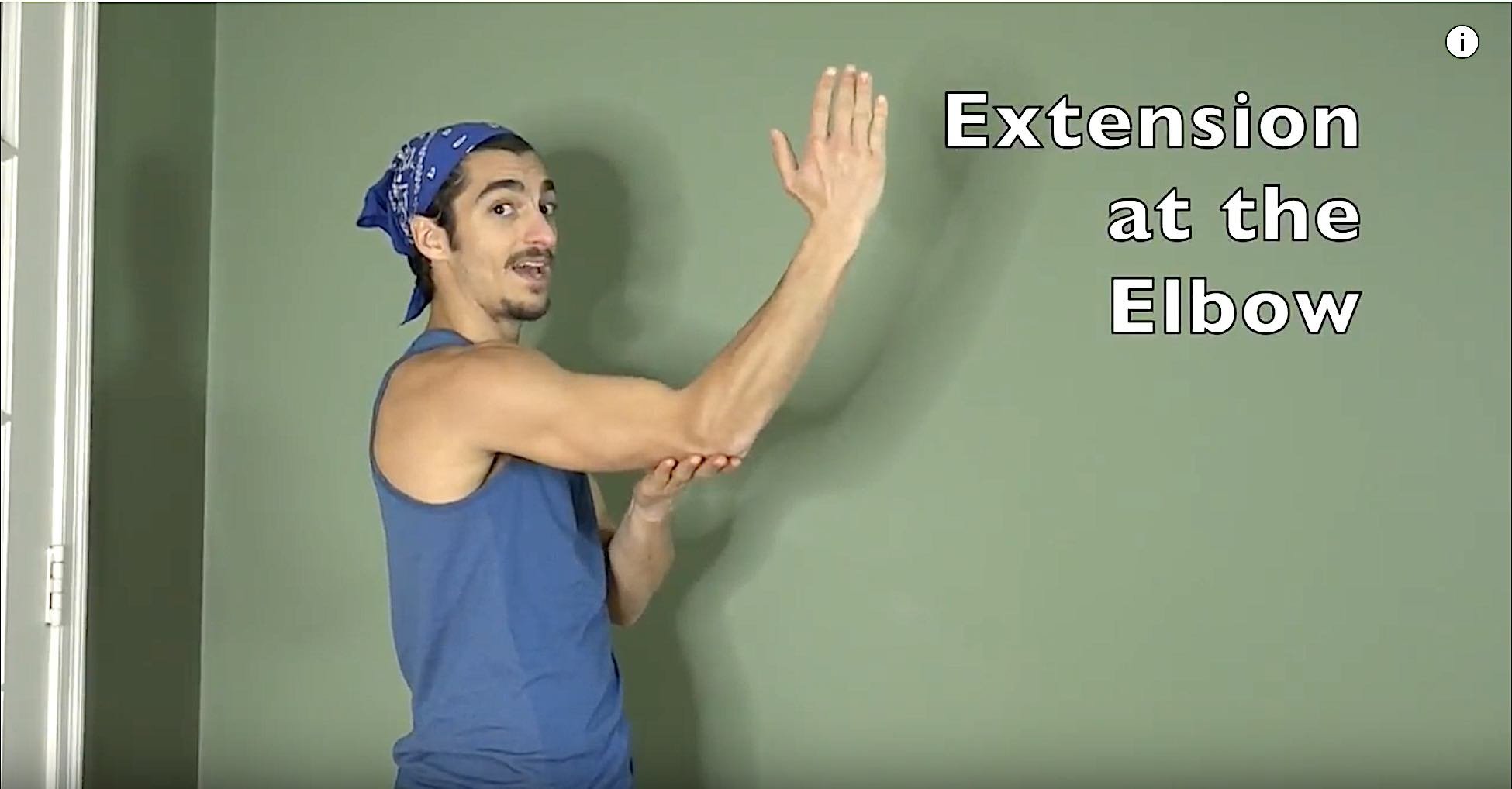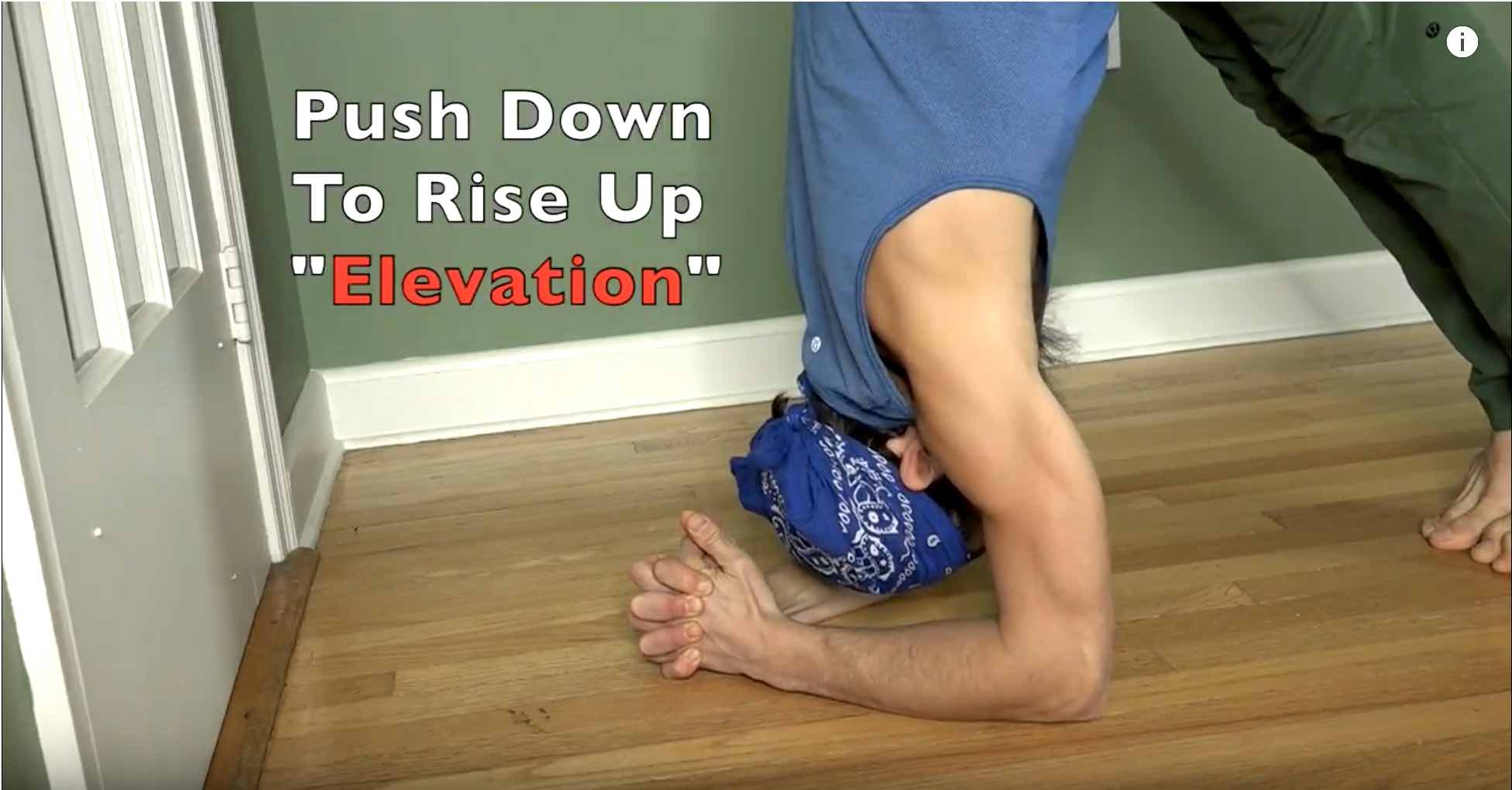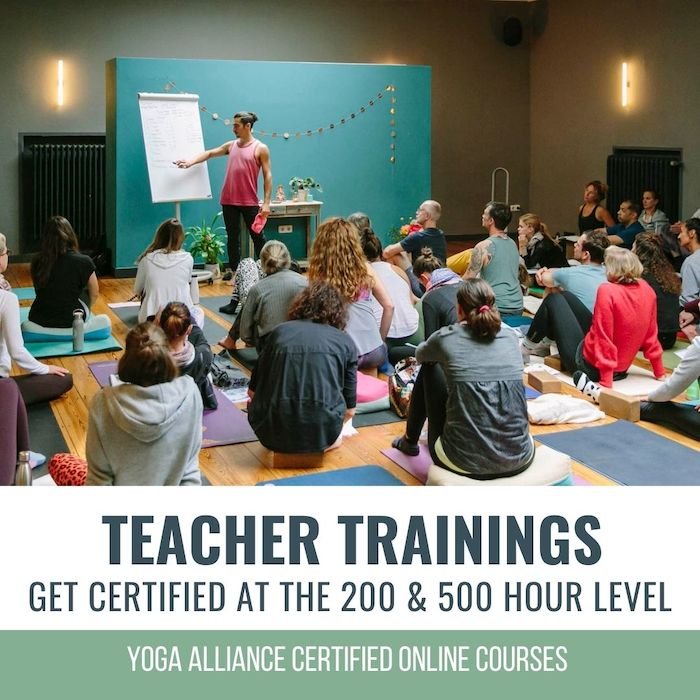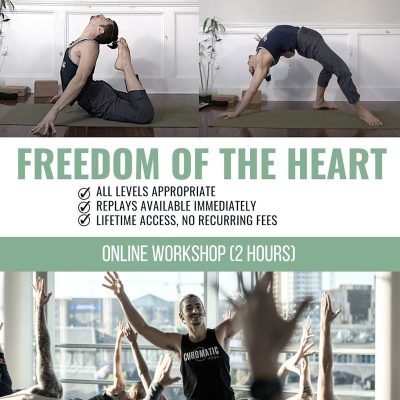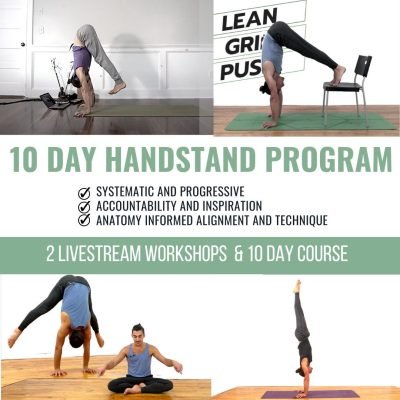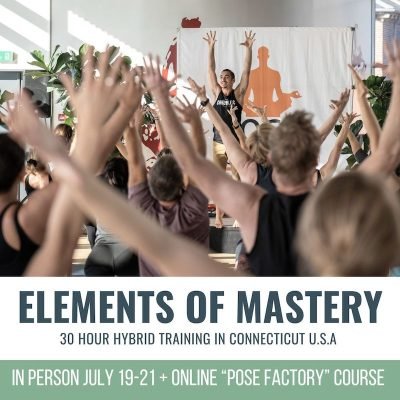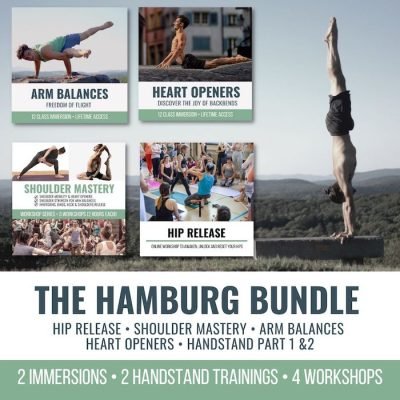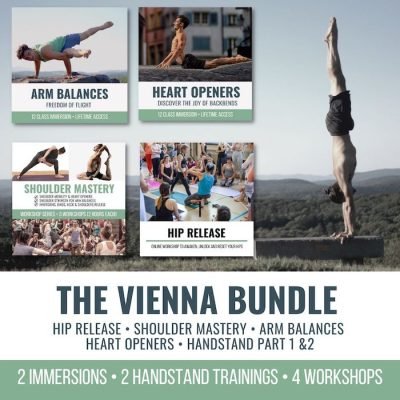Arm Balance TransitionskakasanaARM BALANCE TRANSITIONS Arm balance postures can be challenging enough without attempting to layer on a smooth transition in and out of them. However, fluid transitions are a natural progression in our yoga practice; they also provide...
Neck Alignment
Neck Alignment
Techniques to Find More Ease in Headstand
sirsasana
NECK ALIGNMENT FOR INVERSIONS
Yoga postures typically start “from the feet up.” The same is true when it comes to inversions—it’s just flipped upside down. The positioning of the head and neck sets the foundation, so finding balance can be quite challenging.
Inversions can be scary stuff, and there’s plenty of legitimate fear to go around. With inversions, the neck becomes “the feet” of the posture, and neck alignment will directly inform your experience. Proper alignment, along with the technique of “pressing your head back,” will strengthen your neck muscles and provide you with the stability required for this posture. In today’s video, Matt breaks down how this technique will provide you with confidence and help you overcome your fears in Headstand.
ALIGNMENT
JUNE 2023 Immersion
- 12 Hatha-style practices
- Transformative and informative experience
- Alignment and techniques for the most common asana postures
- Step-by-step, easy-to-follow instruction
- Improve strength, balance, flexibility, and proprioception
- Accessible and empowering modifications
- Appropriate variations a modifications for all levels
$168.00 $138.00
PRESS YOUR HEAD BACK
The fear of going upside down and placing weight on your neck can be enough to put you off of the posture all together, but the technique of pressing your head back can restore your faith in your ability to execute Headstand with assurance. One of the best ways to practice this technique is upright. Before you consider the strength, consider the neck alignment. Pulling your skull up and back will bring your head more in line with your spinal column and pelvis. Matt explains that this will place your cervical spine into a more concave shape, rather than the common convex shape that occurs due to a frequently forward carriage of the head. At the beginning of the video, you’ll see that the next step is to press your head into your thumbs. These steps are important to explore before you place any weight on your head in inversions.
WATCH THE VIDEO
NECK ALIGNMENT: TECHNIQUES TO FIND MORE EASE IN HEADSTAND
HEADSTAND PREPARATION
Once you feel more comfortable with the neck alignment cues, moving on to the next step in Headstand preparation means exploring those cues in Dolphin Pose. What also needs to be discussed here are the options you have in terms of the amount of weight you opt to place on your head.
At the initial stages of the setup, creating protraction and elevation in the shoulders will help you find more length in the back of your neck and also assist in keeping your head off of the ground. This will make the shift towards taking the back of your head away from your elbows and closer to your hands much easier. The key step, however, is the plantar flexion of your feet in order to make this shift. Next, pressing your head into your hands (more specifically your thumbs) will assist in strengthening your neck muscles.
200 HOUR ONLINE TEACHER TRAINING
GET CERTIFIED & DEEPEN YOUR YOGA PRACTICE
- Deepen your yoga practice
- Build confidence speaking in front of groups in person and online
- Learn foundational class structures and templates
- Learn techniques for a wide range of yoga postures
- Get certified and highly qualified to teach yoga
- Yoga Alliance Globally Recognized Certification Program
HEADSTAND WITH BLOCKS
You now know that pointing your toes will assist in stacking the pelvis over the shoulders, but hamstring flexibility is also required. Gaining the appropriate amount of hamstring flexibility will not happen overnight. This is where elevating your feet on blocks is extremely helpful. Using blocks creates a shorter distance for you to create the stacking you need in order to lift your legs. If you’re not ready to take flight in this way, then practice the stacking by moving back and forth between plantar flexion and dorsiflexion at the ankle joint. This will help you gain a deeper understanding of where your body needs to be in space.
300 HOUR ONLINE TEACHER TRAINING
GET 500 HOUR CERTIFIED AS A MASTER TEACHER
Master your skill set as a teacher through refined techniques, anatomy, biomechanics, sequencing, philosophy, meditation techniques, theming, yoga business, and much more!
- Get 500 hour certified
- Learn anatomy, biomechanics, asana techniques
- Expand your teaching skills
- Masterful sequencing and verbal delivery
- Learn meditation and breathwork techniques
- Transformative tools: theming, dharma talks, satsang
UP AGAINST THE WALL
Not knowing where your body is in space is a reason you might choose to practice up against a wall, and this is a great decision, especially when you want to send your legs up in the air.
You may, however, feel like you are up against a figurative wall when trying to “crack the code” for Headstands. It is possible to start depending on the wall for security, which is why implementing the technique of pressing your head into your hands can completely transform your experience. Once you do that, you can feel everything else fall into place: The action encourages the bottom ribs to knit back, which can then send the pelvis over the shoulders. The beauty of using the wall is that you have time to more deeply understand the cues while it acts as your personal spotter.
Register for Matt’s Alignment Immersion to learn all of the cues that help you to safely practice Headstand.
The 200 Hr. Teacher Training: Click Here to See the Next Start Date
The 300 Hr. Advanced Teacher Training: Click Here to See the Next Start Date
Article by Trish Curling
Video Extracted From: Alignment Immersion
Continue Learning
Arm Balance Transitions
Hanumanasana Hints
Hanumanasana HintssplitsHANUMANASANA HINTS Applying intelligent techniques to a posture like Hanumanasana is crucial—simply hoping for the best is definitely not the way to go! That mindset leaves us vulnerable to injury. Hanumanasana is also the type of pose that can...
Chin Stand
Chin Standganda bherundasanaCHIN STAND Without a doubt, Chin Stand requires preparation. This posture must be approached with the utmost humility, essential in order to respect the potential risk. If this pose is not explored regularly in our physical practice, it may...
Postpone The Stretch Sensation
Postpone the Stretch SensationflexibilityPOSTPONE THE STRETCH SENSATION If one of the goals of our physical yoga practice is to increase flexibility, we may automatically believe that we just need to stretch more. It’s critical that we understand that increasing...
Wake Up Your Wheel Pose
Wake Up Your Wheel Poseheart openerWAKE UP YOUR WHEEL POSE We don’t have to question it—we know whether or not we’re feeling open, free, and strong in Wheel Pose. There’s a lightness and expansiveness that takes over when everything falls into place: From the initial...
Spinal Spaciousness
Spinal Spaciousnessdancer poseSPINAL SPACIOUSNESS Some key indicators of spinal health include strong bones, durable yet flexible ligaments, supple discs, and strong supportive muscles. Aside from nutrition, it’s not enough to say that movement in general is enough to...
THE FREE TECHNIQUE PACK
When You Subscribe, You Will Get Instant Access to
- the Technique Pack: 15 yoga pose breakdowns
- exclusive online course discounts
- exclusive blogs and videos

